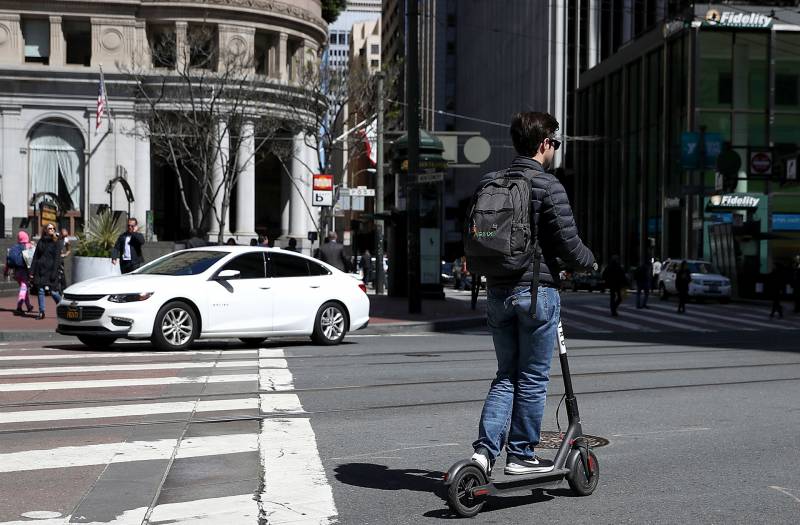The Rise of the E-Scooter has been well chronicled: In the Bay Area and beyond, scads of electric rental scooters appeared early in 2018 and became simultaneously a sidewalk-blocking nuisance and a popular way of negotiating traffic-choked streets.
But a new study from researchers at UCSF shows that the surge in e-scooter popularity has come with a cost: a dramatic increase in the number of injuries attributed to riding the mini-vehicles.
The researchers found that from 2017 to 2018 the number of scooter-related injuries nationwide rose from an estimated 8,016 to 14,651, an increase of 82%. The UCSF team’s estimate showed a 152% spike in that same period among injury victims aged 18 through 34 years old.
The analysis showed that the nationwide incidence of scooter operator injuries skyrocketed from 6 per 100,000 people in the general population in 2014 to 19 per 100,000 in 2018.
The UCSF study team derived its estimates by looking at five years of statistics on scooter-related accidents from a national database that collects reports from about 100 representative hospital emergency departments.

